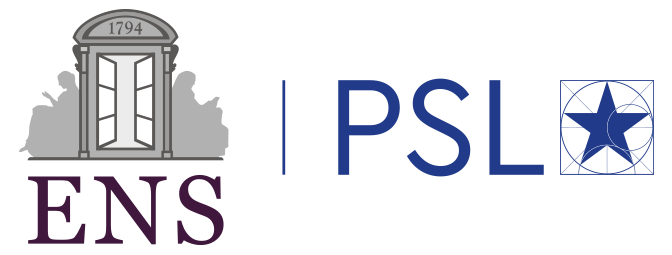Domaines
Biophysics
Type of internship
Expérimental Description
When cancer cells migrate to form metastases, they must deform and pass through a confined environment formed by other cells and the extracellular matrix. The nucleus, the cell's largest and stiffest organelle, may play a critical role in this process. The nuclear stiffness is determined by both chromatin and lamins, intermediate filament proteins present in the nuclear envelope. Within the nucleus, chromatin adopts specific positions relative to the nuclear periphery, with a dense layer of rigid heterochromatin located beneath the nuclear lamina, characterized by low gene density and enrichments in repressive histone modifications. Our collaborators have developed an epithelial lung cancer cell model with controlled levels of histone modification.
The first objective of the project is to measure the mechanical properties of the nucleus following such modulation of histone modification, using an experimental device based on optical tweezers. We will seek to establish a correlation between the rigidity of the nucleus and the level and spatial organization of histone modification. The second objective of the project is to quantitatively characterize the in vitro migration capacity of the cells. We will quantify the motility of cells migrating in different confined environments, including 3D or quasi-2D viscoelastic gels mimicking the extracellular matrix. We will look for a correlation between cell migration capacity and nuclear rigidity.
Contact
Sylvie Hénon
